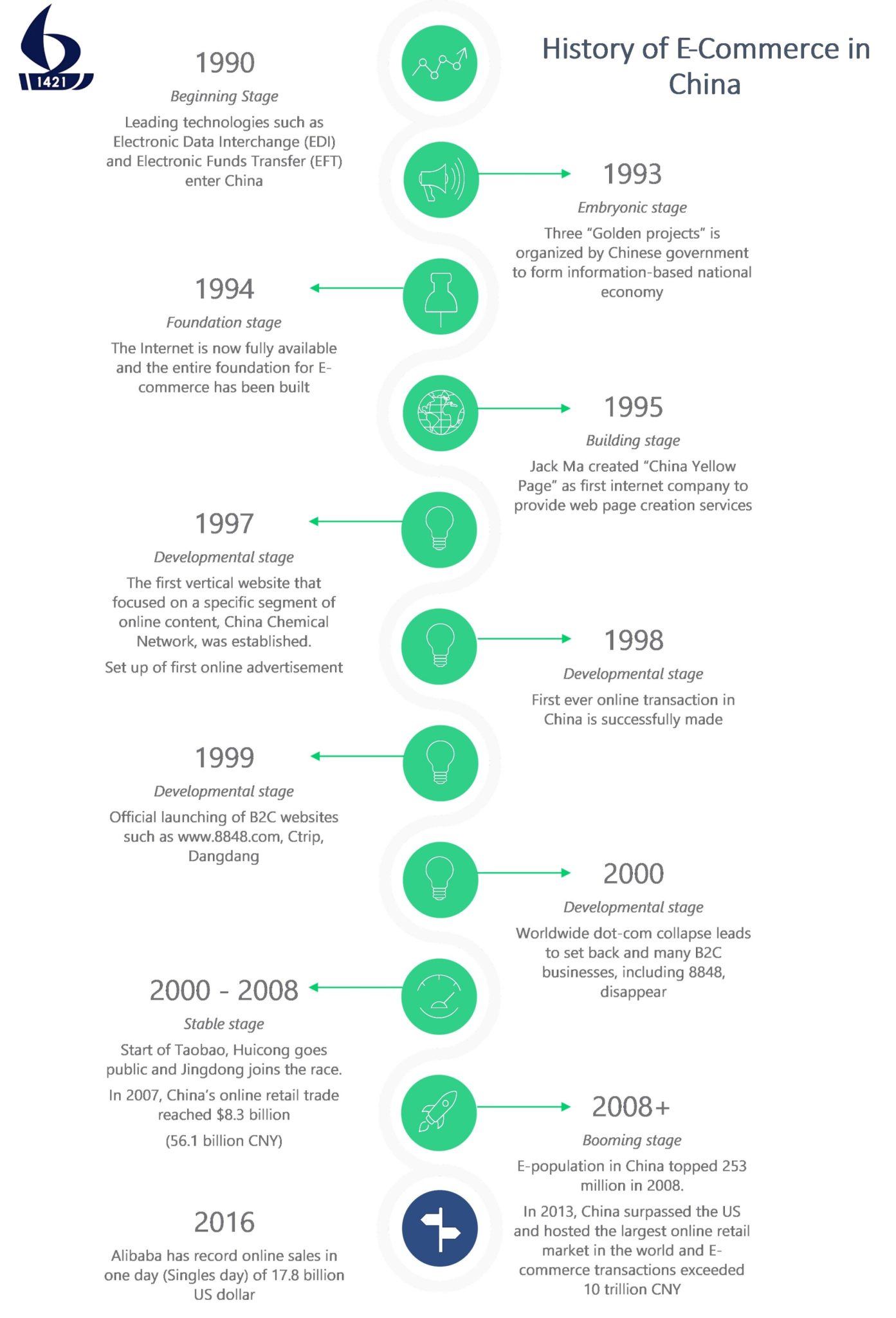
A shopping cart is a type of content management system that manages product data. It acts as a central hub for cross selling and merchandising and transmits transactional data to a gateway payment gateway to complete an ordered. You can configure shopping carts with a variety of options such as simple design, payment options, or search filters. Also, security and navigation ease are important factors. Make sure you choose a cart with all these options.
Simple design
The shopping cart page should be simple and easy to navigate. It should include the item description, price, quantity and image. These details should be readily visible to customers, and shouldn't distract from their experience. Similarly, the shopping cart page should be free from distractions such as surveys and promotional pop-ups. It should clearly show the customer how to complete checkout.

Payment options
Mobile devices are increasingly being used to make online purchases. If your customers have difficulty making a purchase via their mobile device, you can offer payment options that will make the shopping experience seamless. Customers want to be able to make purchases quickly and easily, so they won't spend their time doing more than necessary. According to a study by Bayard, 19 percent of shoppers did not trust a site with their credit card information because it did not offer enough payment options.
Search filters
You should use search filters to optimize your online business. Search filters in shopping carts are an effective way to narrow the product list to a small set of items. You can increase profit by reducing your filter count. These filters should also easily be visible to your customers. This makes shopping easier and navigation more efficient. Customers are more likely to misinterpret search results and forget about applying filters if they don't see them. Displaying filters allows shoppers to easily see the products that interest them and can make changes if necessary.
Security
There are many factors that can affect the security of your shopping cart. There are several ways to protect your shopping cart, including an SSL Certificate. Choosing a secure shopping cart starts with a secure URL starting with https://. If you see an icon for a lockedpad, your shopping cart is secure. SSL on your website will prevent hackers accessing your data or personal information. Also, ensure your shopping cart works with SSL certificates.

Cost
Cost of shopping carts varies depending on the features that you require. It should be capable of handling the number and functionality of the products your store sells. There are two main types of shopping carts, hosted and generic. A hosted cart will not cost you anything, but a generic cart will not be customized to your needs. This is an affordable option for small and medium-sized businesses. You should know that hosted shopping carts aren't as flexible and customizable as customized shopping carts.
FAQ
Why should I not believe the online and in-store sales hype?
Sometimes, sites will overstate the starting price of an object to make you appear to be saving more. Just put the item you're interested in into your cart, so you don't lose it, and then do a quick Google search for the designer's name and the type of product you are shopping for. You might find out that the great deal you thought you got is actually not so great. You may even find that same item for less.
Are there any tricks or tips that will help me save money shopping online?
The first thing you should do is create a list of things you need to buy. After you have made a list, review each item and decide which one to buy at the lowest price. After making your decision, you can compare prices on several websites. Find the lowest price possible for each product.
Are there any other things I should know when buying clothes online?
Before buying clothes online, there's a lot you need to know. First, know your measurements. Although it may seem obvious, most companies won't give this information. You might have to guess.
Remember to be aware of shipping charges. Shipping fees vary depending on the type of item you order. It is important to know exactly where your parcel is going. Some items ship directly to the manufacturer, while others go through third-party warehouses. This can affect delivery times.
Read reviews. There are plenty of bad experiences out there. Do not let another person's bad experience affect yours.
Statistics
- All items on AliExpress have an estimated delivery time on the product page, and it's usually anywhere from 20 to 60 days. (makeuseof.com)
- The tax is automatically added once you click the checkout button, so factor in an additional 20% when looking at the product page. (makeuseof.com)
- A report from the U.S. Census Bureau found that in the first quarter of 2022, an estimated $250 billion was spent on retail e-commerce sales.1 (thebalance.com)
- The vast majority only change a password to protect privacy a few times a year (27 percent) or, more likely, never (35 percent). (pcmag.com)
External Links
How To
How to shop online safely
Online shopping can be one of the most convenient and cost-effective ways to purchase goods or services. But, convenience comes with a cost. While online shopping offers many advantages, there are also some risks. The greatest threat is identity theft. Identity theft is the most serious risk. Identity thieves will use your personal data (names, addresses, credit cards numbers) to steal your money or take out fraudulent loans. They will then sell your stolen information to the black market. Here are some tips to help you keep your business online safe.
-
Secure websites are recommended. SSL encryption is available for free in most online shops to protect customer information. You can only see the information that you entered, such as names and addresses or credit card details. It blocks anyone from seeing the information you enter. When choosing which online store to do business with, ensure they have a valid certificate issued by a recognized CA. When you browse, look for the green padlock icon beside the URL bar.
-
Never give your password away. You will be asked to confirm your email address, username, and password when you sign up for a brand new account. These credentials should not be shared with anyone. Keep them safe! If someone takes your wallet, they may also have access to your accounts. Instead, save them on your personal computer. It is also recommended that you change your passwords at least once every three months.
-
Keep track your orders. Track where you send packages if you're sending items to other people or yourself. Many people get scammed because they think they sent something to themselves, but it was actually sent somewhere else. Before you send anything, always verify the tracking number. You should never ship anything without proof of delivery. If you aren’t satisfied with your service, contact the company as soon as possible.
-
You need to be aware of the person you're dealing. Many websites will ask you to provide sensitive information such as your full name, date of birth, Social Insurance Number, and bank routing number. These details help them identify you, so be careful about giving them out. Google "what is required" if you are unsure if a website requires this information. You'll find many answers.
-
Pop-up windows can be annoying. Pop-up windows can bombard you with offers and special deals from many sites. Although some of these advertisements may appear legitimate, others are intended to trick you into disclosing your private information. For example, an anti-virus program may ask for your credit card number, bank information, and social insurance numbers. To avoid being tricked, don't click any suspicious links.
-
Beware of Phishing Scams Phishing scams include hackers pretending to work for reputable organizations in order to get financial information from consumers. Phishers may send emails that appear to be from retailers or banks, inviting users to log in and update account information. Once you give your information, hackers have full control over your finances. Hackers have the ability to empty your bank accounts or transfer money between accounts. You have many options for identifying a scam email, including How to Spot Phishing Scams.
-
Do your homework. Before signing up for a deal, always read the fine print. The terms and condition of any contract you sign must be easy to comprehend. Make sure to read all information and understand exactly what you're agreeing. It is important to avoid hidden fees or charges in order to save money.
-
Take the time to shop around. Don't be afraid to shop around. Compare prices on many websites to find the best deal. Compare shipping costs for multiple items. Shipping costs will vary depending on which website they are from. Fast shipping is worth the extra cost.